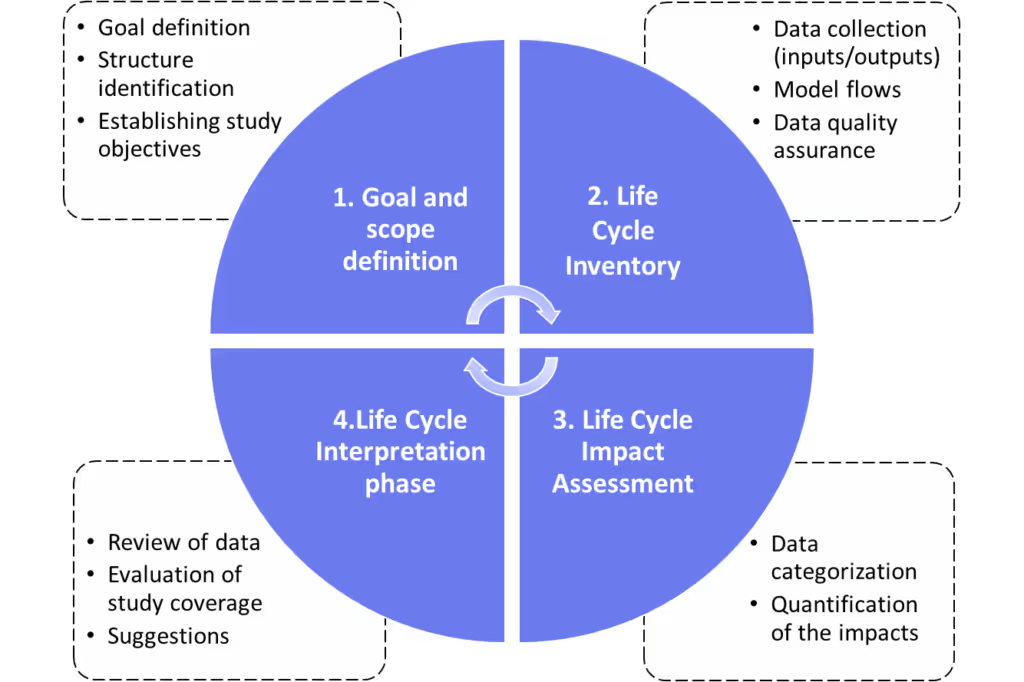7.11.2023
·
3 min read
Your guide to LCA
Key Summary
- LCA (Life Cycle Assessment) is a method used to estimate environmental impact from extraction to disposal or recycling.
- It is conducted in four stages: goal and scope definition, life cycle inventory, life cycle impact assessment, and life cycle interpretation.
- LCA can help to identify where environmental improvements can be made, rather than shifting impacts from one stage to another.




